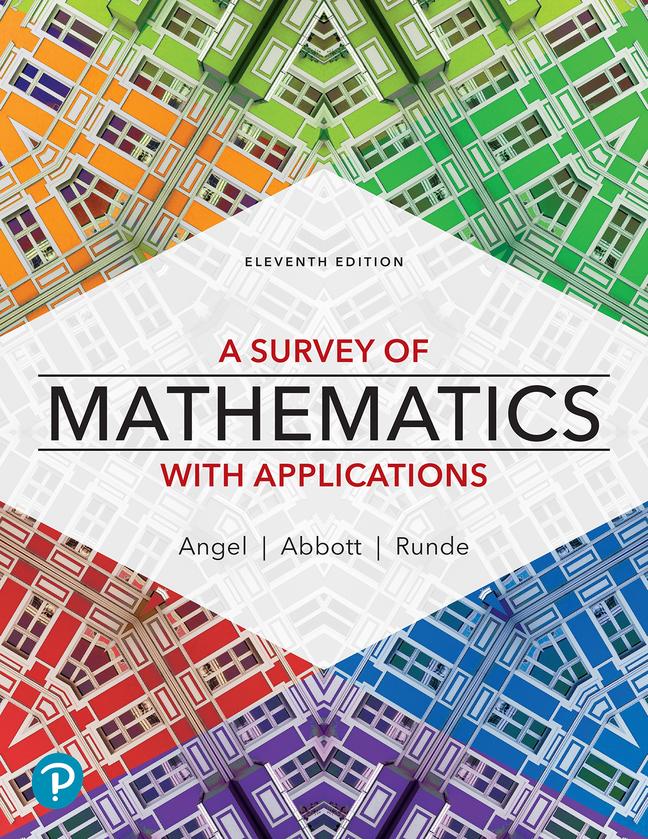Answered step by step
Verified Expert Solution
Question
1 Approved Answer
The basic models template provided , Queuing Model Template Many of a bank's customers use its automatic teller machine to transact business after normal banking
The basic models template provided , Queuing Model Template
- Many of a bank's customers use its automatic teller machine to transact business after normal banking hours. During the early evening hours in the summer months, customers arrive at a certain location at the rate of one every other minute. This can be modeled using a Poisson distribution. Each customer spends an average of 90 seconds completing his or her transactions. Transaction time is exponentially distributed. Determine:
- The average time customers spend at the machine, including waiting in line and completing transactions.
- The probability that a customer will not have to wait upon arriving at the automatic teller machine.
- The average number waiting to use the machine.
- Extend your analysis of the ATM machine queuing system (from the problem above) as follows: The original problem had an arrival on average "one every other minute", i.e. on average 120 seconds apart. Evaluate the system characteristics for the following time between arrivals in seconds: 240, 180, 120, 110, 100, 95, 93, 92, 91.5, 91. Why can't we evaluate the system with arrivals on average 90 seconds apart? What would happen to the long run average queue time if the time between arrivals was less than 90 seconds? chart that plots the average time in queue (on the vertical axis) vs. the server utilization on the horizontal axis. Interpret this chart. (Note: The time between arrivals values, and the utilization values that result from them, are not evenly spaced. Do not plot them as evenly spaced on your chart. You will need to use a "scatterplot" type of chart ("with lines and markers" option) in Excel, .
- A local utility has a cu

Step by Step Solution
There are 3 Steps involved in it
Step: 1

Get Instant Access to Expert-Tailored Solutions
See step-by-step solutions with expert insights and AI powered tools for academic success
Step: 2

Step: 3

Ace Your Homework with AI
Get the answers you need in no time with our AI-driven, step-by-step assistance
Get Started


